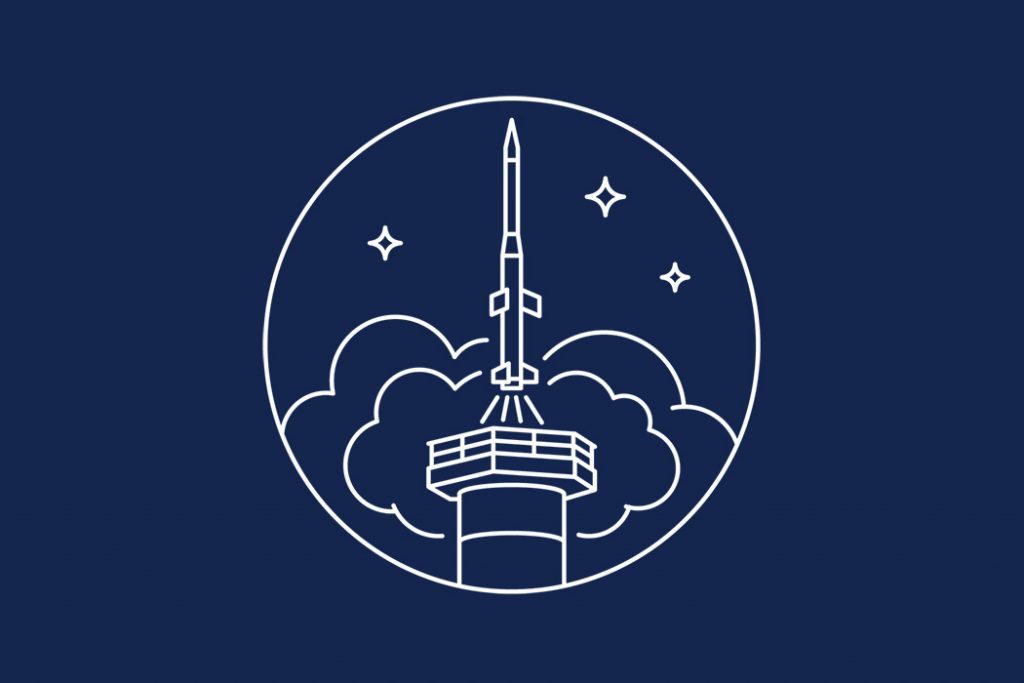The rocket
The PHOCUS rocket consists of 18 different instruments and has a total mass of 270 kg. The launch of PHOCUS is planned in the summer of 2011 from SSC Esrange Space Center with a two-staged Nike Improved Orion rocket to a height of approx. 105-115 km.
SSC’s part of the PHOCUS project
For the PHOCUS project SSC’s responsibilities are:
– Development of a new service module, “SM 14”
– Systems responsibility
– Development of instrument modules in co-operation with MISU, NRL, IAP/FFI, TU Graz and CTH
– Integration and tests of instrument modules
– Project manager for the campaign at SSC Esrange Space Center
Brief scientific description and aim of the experiment
Particle layers in the mesosphere are a central topic of current atmospheric research.
The relationships between various particle phenomena and their mesospheric and ionospheric environment provide particularly challenging questions. Important topics concern the nucleation and evolution of ice particles, the properties of meteoric smoke, and the possible influence of these particle populations on mesospheric chemistry.
With the PHOCUS project, we bring these different lines of scientific research together.
MISU
From MISU’s (Department of Meteorology, Stockholm University) side, the scientific approach is based on our capabilities in the optical probing of mesospheric chemistry (O-probe, H-probe, IR channels), our capabilities in the optical characterization of noctilucent cloud particles (NLC photometers), and the capability to study mesospheric smoke particles (MAGIC).
Microwave experiment
An exciting new development is the microwave experiment for measurements of water vapor by Chalmers.
The background state of the neutral mesosphere is characterized in terms of density, temperature and small scale fluctuations by the CONE instrument of the Leibniz Institute of Atmospheric Physics (IAP), Germany, and the Norwegian Defence Research Establishment (FFI).
The background ionosphere is probed by standard rocket instrumentation (radio wave propagation, ion probe) of the Technical University of Graz (TUG). Complementary measurements of charged particles are provided the University of Colorado, the University of Tromsø (UiT), and IAP.
Esrange LIDAR
The rocket-borne measurements will be complemented by ground-based studies. Most important for the continuous observations of ice particle phenomena are the Esrange Lidar and the Esrange radar. Laboratory and model studies related to the PHOCUS project will be carried out at a number of research groups in Europe and the U.S.
General information
| Launch site | Esrange Space Center |
| Launch date | 21 July 2011 |
Technical information
| Rocket type | Nike Improved Orion rocket |
| Nominal payload diameter |
14 inches |
| Nominal payload weight |
~ 270 kg |
| Apogee | ~ 105-115 km |
Experiment modules
| Module | Experimenter | Remark |
| Particle module comprising: 2 IR-photometers 2 NLC-photometers 1 Charged particle impact detector 1 Charged particle impact detector 1 MAGIC instrument (dust collection) 1 Radiometer 557GHz (front looking) 2 Faraday antennas 1 Ion probe 1 Electron probe |
MISU MISU IAP UIT MISUChalmersTUG TUG TUG |
|
| Chemistry module comprising: 1 Oxygen detector 1 Hydrogen detector |
MISU MISU |
|
| Side module comprising: 1 Radiometer 183GHz (side looking) 1 Charged particle detector “Colorado” instrument |
Chalmers
CU |
|
| CONE module comprising: 1 CONE instrument 1 CONE EP instrument |
IAP IAP |
Contact person
Krister Sjölander, Project manager, SSC

